Learning from Mining Camps
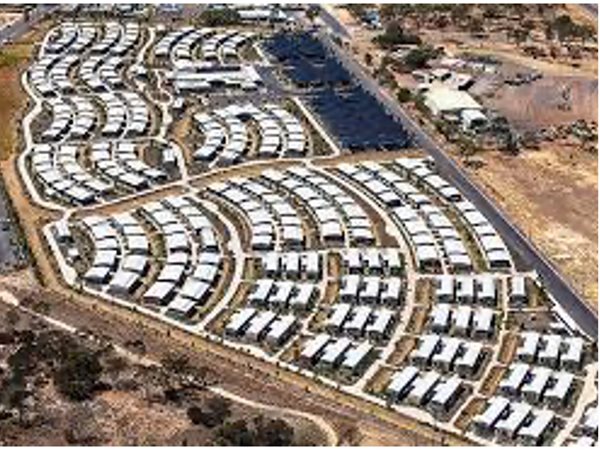
We have a housing crisis, and we need solutions to the shortage of houses now, not in two-or ten-years’ time when the HAFF may begin to produce maybe 6,000 houses a year.
But we also have a housing construction crisis: planning freezes; rising materials prices; builder bankruptcies; subbies raising prices to recoup lost income; increasingly difficult building regulations. Costs are up to 50%, starts have dropped by 50%.
The speedy solution proffered many times since WW2 is ‘prefab’ or ‘modular’ housing, and so it is again. As part of the NSW budget, Premier Chris Mins and Housing Minister Rose Jackson touted modular housing to be explored as part of a $224m housing package. And then didn’t mention it again.
We all know where that thought bubble is headed: factory-built housing has an ignominious reputation in Australia. Refugee camps, mobile home ‘parks’, and mining camps. But it doesn’t have to be that way. Maybe the evolution of mining camps, and several recent innovations, could teach us a way forward to build instant suburbs as part of a housing solution.
Remote camps for workers (traditionally all men) have long been a part of mining and infrastructure projects. Often with big players involved. Dick Dusseldorp, founder of Lend Lease, came to Australia in the 1950s with 14 Dutch carpenter/contractors to build a small village of houses for the Snowy Mountain Scheme. He found the possibilities and expertise undeniably attractive, stayed, and the rest is the history of Australia's most influential developer.
In April 1971 AV Jennings won a contract to construct 53 houses, 15 duplexes and 36 single men’s quarters at the mining site of Pannawonica in WA., The first houses were completed in 6 months, and by June 1972 all the houses had been built, the town was officially gazetted, and the first shipment of iron ore left for Japan. In 2009, after nearly 40 years Rio Tinto refurbished 232 houses, built 126 patios, built a tavern and swimming pool.
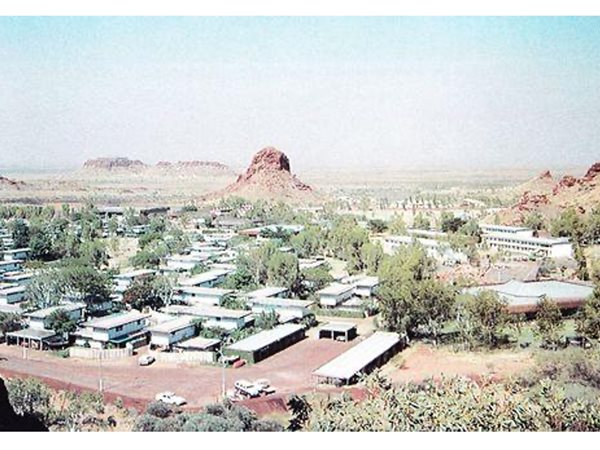
Another WA instant town was Shay Gap (above), designed in 1970 by Lawrence Howroyd, which won an Award of Merit in the 1974 Prince Philip Prize for Australian Design. At its peak, the town had a population of over 850 people, but when mining activities ceased on in 1993 the town was closed in and the buildings and structures were either sold, demolished, or relocated to the town of Yarrie.
The town of Glenden, 110km southwest of Mackay in Qld, built in the 1980s to support the workforce of a mining project, was set for closure in July this year. Mining company Glencore had wound up the Newlands coal mine and under Queensland legislation, they were required to close the town, and rehabilitate the site as part of its lease. But resident objections saved the town (surprise, surprise in a housing crisis) in August.
The upside of mining towns is speed, the downside quality and longevity. But changes are coming. As Glenden shows, the demise of Shay Gap doesn’t have to be the rule. And the quality of the build is improving.
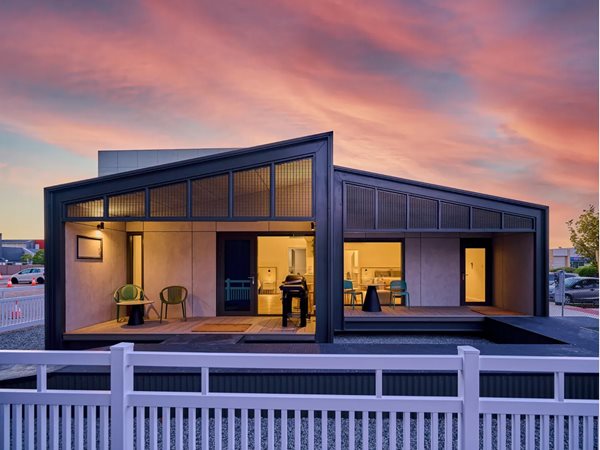
This is the new prefab ‘donga’ at Mineral Resources’ future iron ore mine at Ken’s Bore, just south of Karratha in WA. Renamed a ‘pod’, it has far better amenity, even being marketed as being like a ‘resort’. Well, no. But being twice the average size, with the usual home fixtures of an ensuite, kitchen, balcony, laundry and barbeque, it responds to the rise in incomes and demands for better; not to mention the increased female participation demanding changes.
We know that prefab is a winning solution: it is far more sustainable with materials being able to be recycled within the factory and staff working safely indoors. But it has never caught on. We should seize the opportunity of a ‘crisis’ to develop a well-funded sustainable prefab house construction industry, that could produce houses quickly and safely for sites on government land, to immediately address the homelessness and key worker housing shortage.
Now that the mining industry has lifted its game, we should take another look at how this has been successful and avoid its pitfalls. There is much to learn and adapt, so that if built well, we could add permanent houses near suburban centres; or they may be the staging post whilst we wait for long-term solutions that take five years from initiation to turnkey.
Government bank by stealth
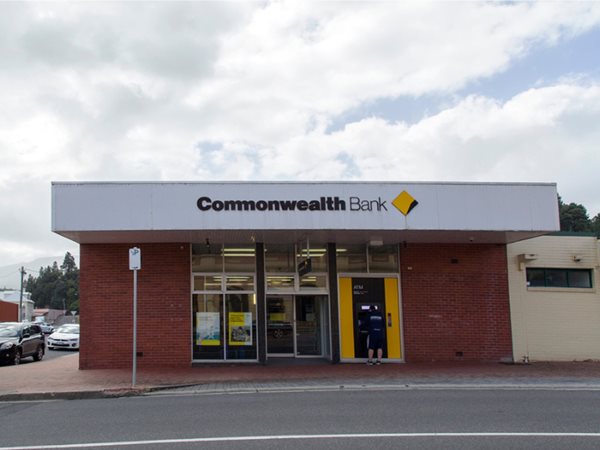
As the referendum rages, Paul Keating's peak brilliance in the Redfern speech gets another run. But as the rage towards Qantas gathers, we also remember Keating's failure in championing its privatisation. And as housing interest rates climb along with bank profits, it revives the controversy of his push for privatisation of the Commonwealth Bank.
As the big four Australian Banks grew fat on home loans there was an occasional chime from lefties that we should take the Commonwealth Bank back into public ownership. But that egg can't be unscrambled. Nevertheless, the Labor Government would love to have its hands on some levers to lower housing deposits and interest rates.
Now RMIT offers a back-door solution with a radical proposal: suggesting public housing be spot purchased on the open market, repaired, and upgraded, and rented out to low-income families; or perhaps sold on a ‘rent-to-buy’ basis. The media, except the AFR, largely ignored the proposal, and even they called it ‘Bolshevik’.
But I believe this has several attractive aspects to it. There's an upside in the government bypassing the banks to directly fund loans to low-income families. It replaces the Commonwealth Bank (and others) with the government supporting wannabe homeowners; being able to directly influence the loan rates, the deposits, and the design and quality of houses it purchases.
In effect it puts banking back into the public realm, but without a bank.
MOMA goes environmental
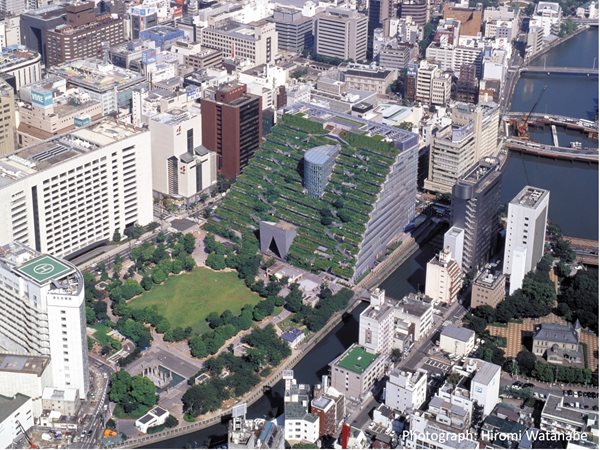
A new exhibition opens this week at the Museum of Modern Art in New York, entitled Emerging Ecologies: Architecture and the rise of Environmentalism. Its curation is part funded by the Emilio Ambasz Foundation, formed by the architect whose schemes integrated landscape and buildings (see the 1990 Prefectural International Hall, Fukuoka, Japan).
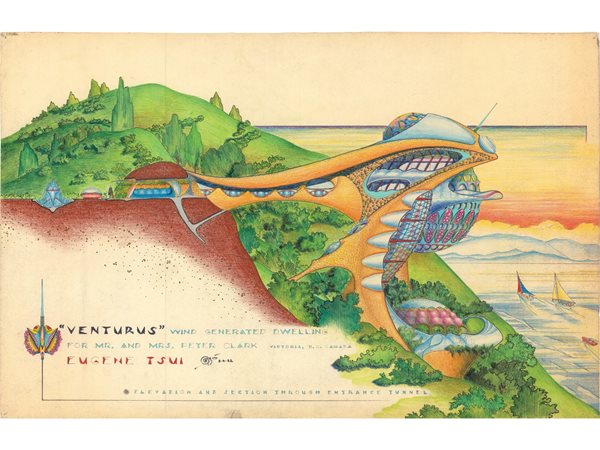
The exhibition reaches back through the filter of art into the 50s and 70s to feature architecture as it addressed the rise of environmental concerns. The design above is a 1982 project by Eugene Tssui (American, b. 1954), called “Venturus,” a wind-generated dwelling for Mr. and Mrs. Peter Cook, Victoria, BC, Canada. Elevation and section through entrance tunnel. Watercolor, Prismacolor pencil, pastel chalk, and colored ink on paper.
It's on until late January, plenty of time get to New York.
Return to Castle Cove
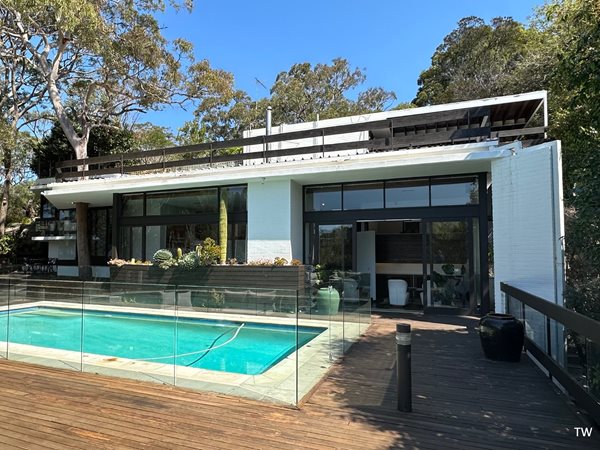
Recent pieces lambasted councils for expending extraordinary resources to protect very ordinary Victorian and Federation houses of little value (e.g., Willow Grove last week). At the same time, high-quality modernist houses are allowed to languish.
I wrote some months ago about the threat to Harry Howard's own house in Castle Cove from a monstrous McMansion ill-suited to any site, let alone this bushland Harborside setting. Opposition came from the locals, and Council refused the application, but now the architect has applied to the Land and Environment Court.
One key objector was the owner of Gerry Rippon’s own house next door (above and below). An extraordinary exercise in white brick and concrete stepping down the slope, and arguably more interesting than the Howard house, but both complemented each other, leaving large areas of the sites for vistas through the bush in a way that could not be replicated once the flame zone rules are applied.
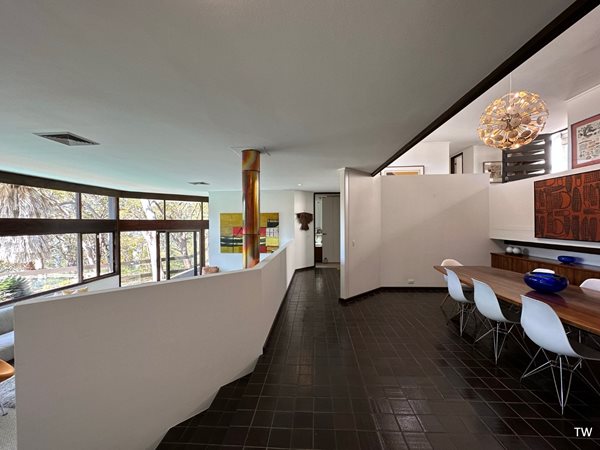
The fear expressed by the architect’s son, Scott Rippon, and others is that the blocks will be amalgamated or there’ll be companion McMansions. Really good design of the 20th century will disappear, whilst ordinary vernacular is retained. A Philistine is someone who knows the price of everything but the value of nothing.
Bookends
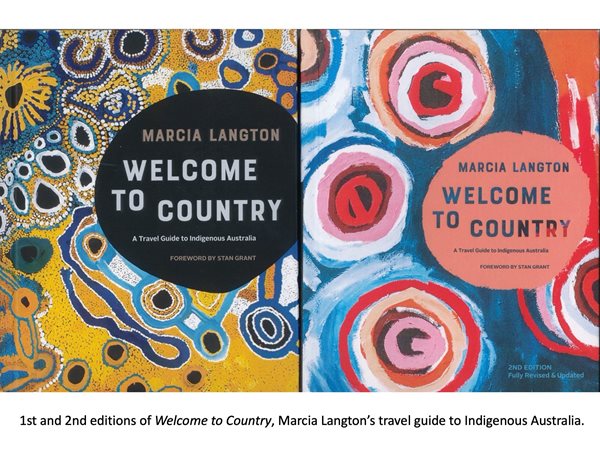
Marcia Langton came in for vicious ill-informed commentary from the NO campaign. My response is along the lines of: ‘by their works shall you know them’. Nothing from Dutton, Price and Mundine. On the other hand, Langton has given us ‘gubbas’ an extraordinary gift: a guide to significant aboriginal sites in Australia.
Far too few of us know anyone in the 3.8% indigenous population. But we can gain an understanding, and therefore appreciation, of indigenous design, creativity, and culture qualities through this guide. The second edition, only a little over a year later, has almost doubled the number of sites. Such is the demand that Australians are showing to find the quality in indigenous life.
Signs off
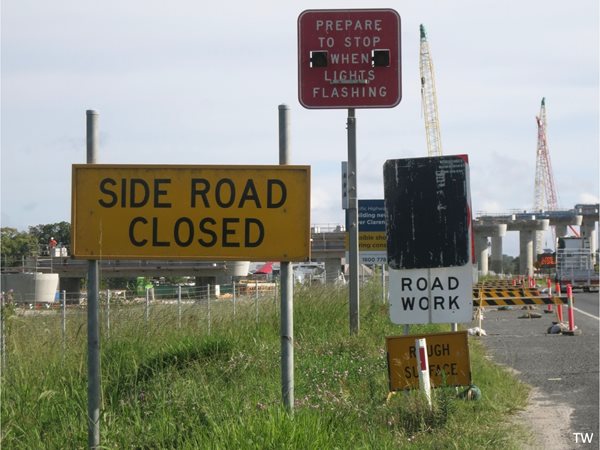
We are inundated with infrastructure, and the uncoordinated signs therewith.
Tone Wheeler is an architect / the views expressed are his.
These Design Notes are Tone on Tuesday #180.
Past Tone on Tuesday columns can be found here
Past A&D Another Thing columns can be found here
You can contact TW at [email protected]

